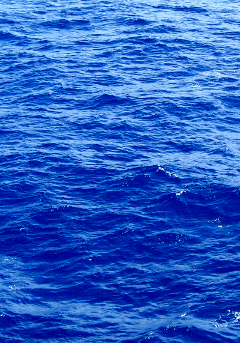Powerful dreams off coast
 Some challenges have appeared in Gippsland's offshore wind dream.
Some challenges have appeared in Gippsland's offshore wind dream.
The race to harness untapped resources and transform Australia into a global offshore wind hotspot is on, but surging costs are casting shadows on the dream.
As 37 proposals for massive wind farms off Victoria vie for approval, industry giants like Vattenfall, Orsted, and Iberdrola have grown cautious due to cost overruns, threatening their ambitions in more mature offshore wind markets.
However, the enthusiasm for Gippsland's potential remains high.
Gippsland boasts a rare combination of attributes, including a ‘world-class’ wind resource, shallow waters, and proximity to the grid, making it an ideal candidate for offshore wind projects.
The region aims to contribute significantly to Victoria's renewable energy goals, with targets set for 2 gigawatts of offshore wind capacity by 2032, rising to 4 gigawatts by 2035 and 9 gigawatts by 2040.
A big challenge, however, lies in cost constraints.
The industry faces increased expenses, with offshore wind projects still 50 per cent more expensive than onshore.
Yet, proponents believe that more developed markets are grappling with past fixed prices that do not account for recent cost surges, making Australia a viable contender for investment.
Paul Gleeson, managing director for energy at engineering advisory Aurecon, says it is important to attract specialist equipment suppliers and investors to bolster the industry.
Although offshore wind may not significantly contribute to Australia's emissions reduction goals by 2030, it holds potential for green hydrogen and ammonia production in the future.
Despite challenges, developers like BlueFloat Energy remain committed to tapping Gippsland's potential.
Carlos Martin Rivals, the global CEO of BlueFloat Energy, sees offshore wind as an opportunity to develop Australia into a clean energy export superpower, providing renewable energy in the form of hydrogen and ammonia to other industrial countries.








 Print
Print